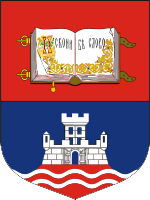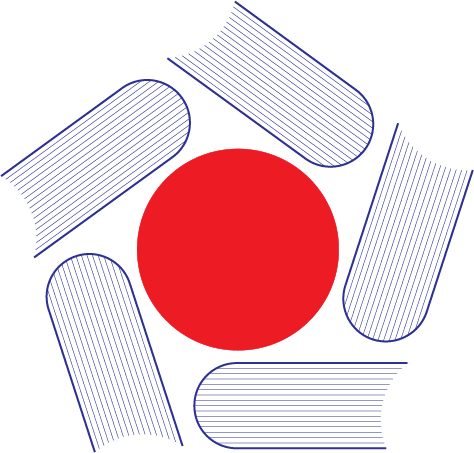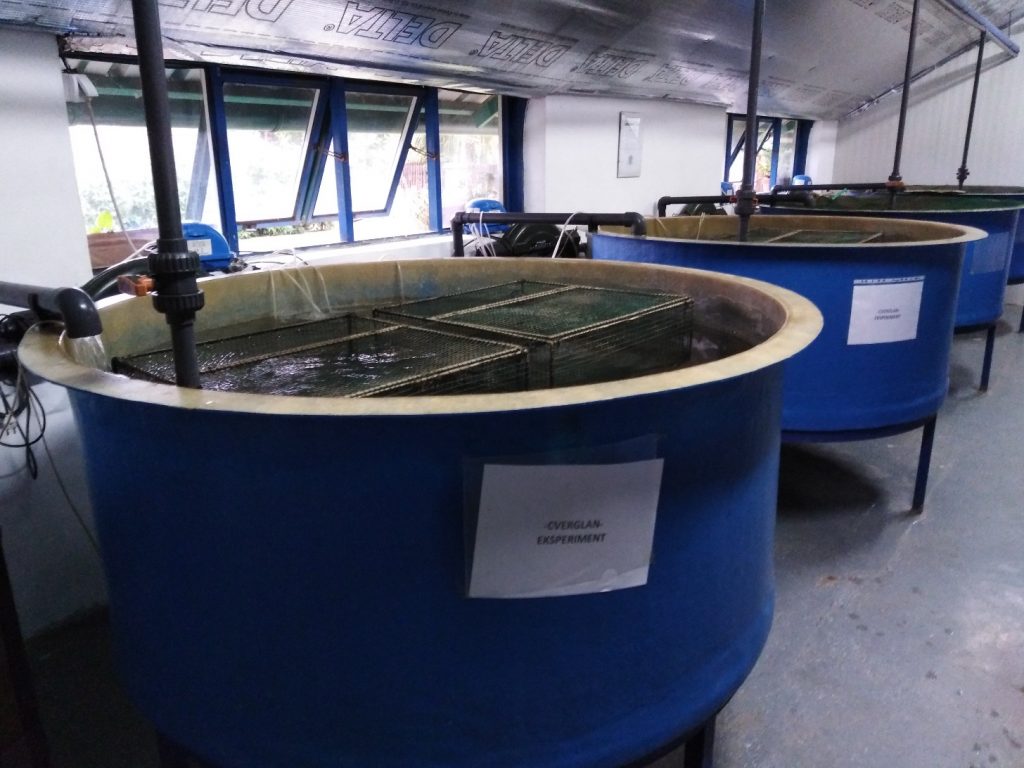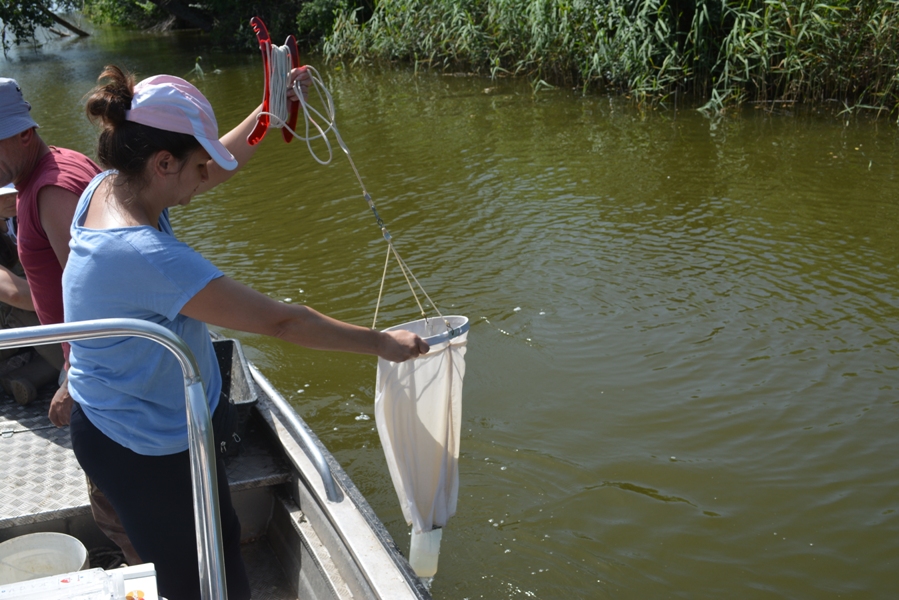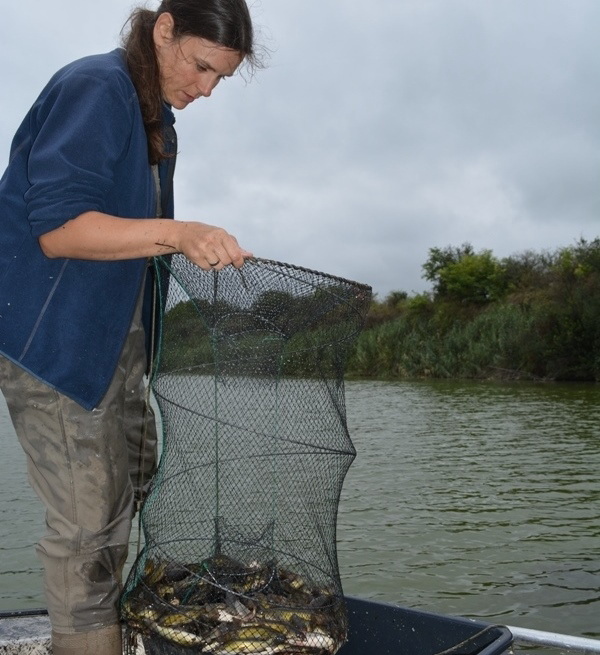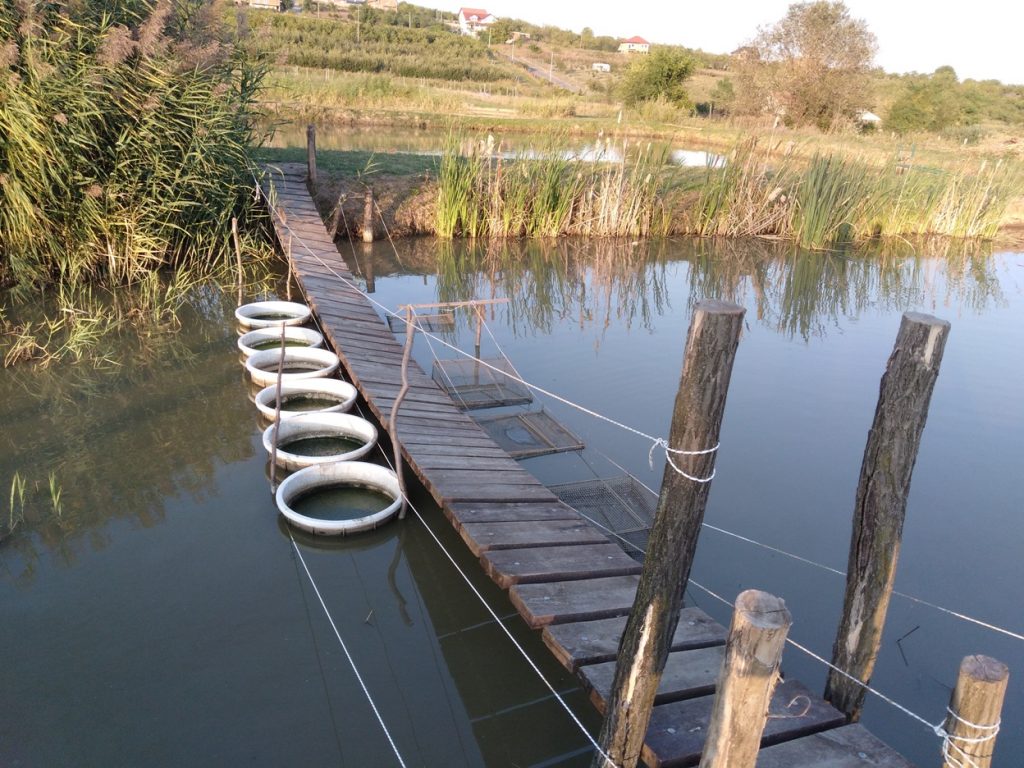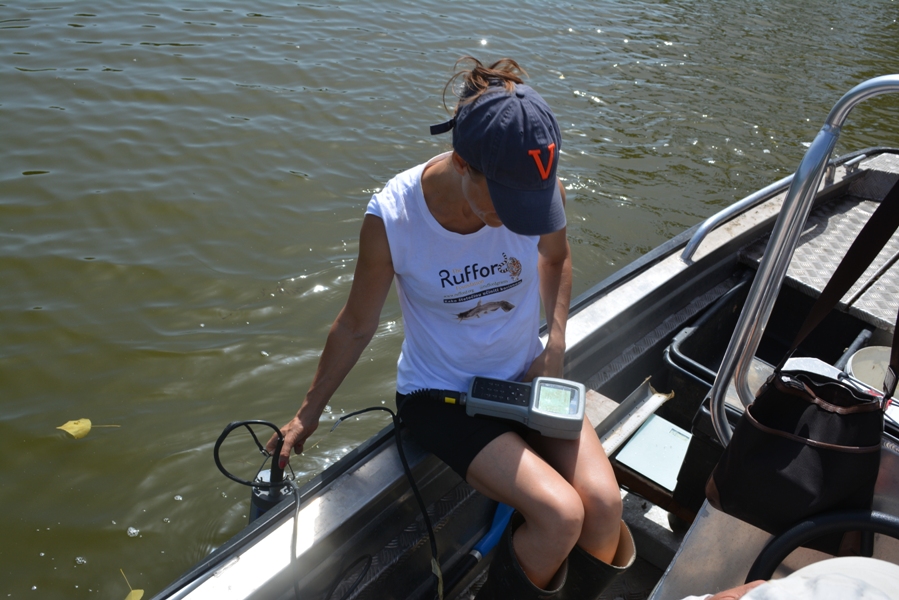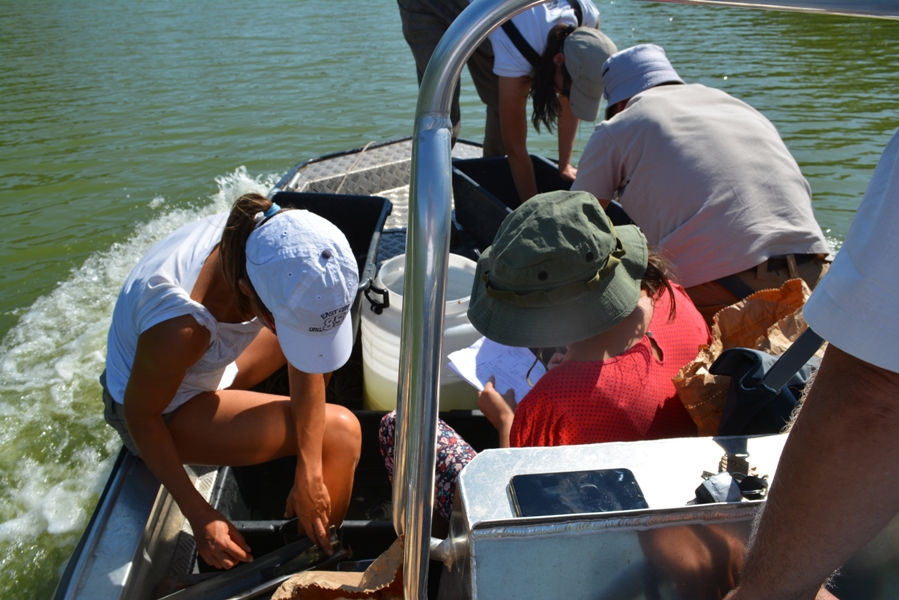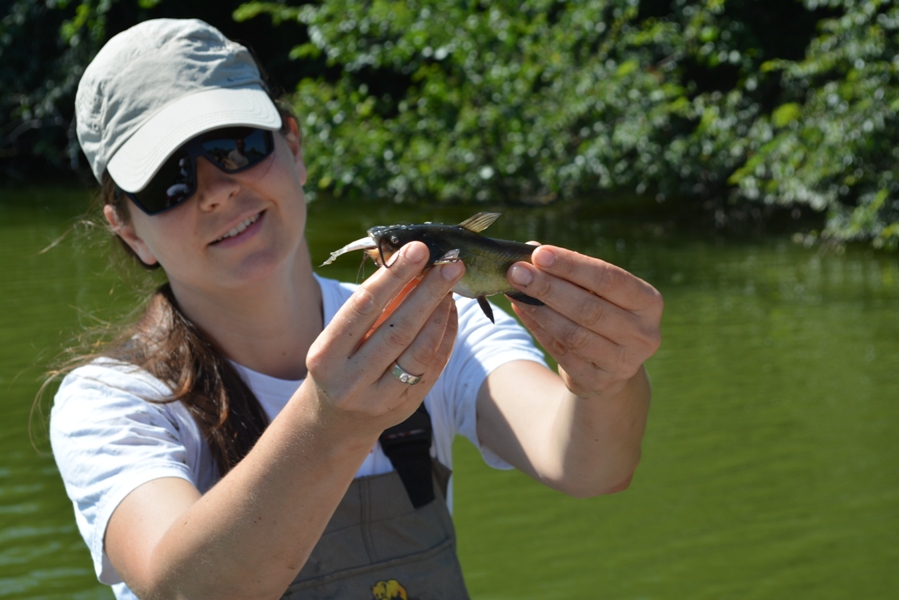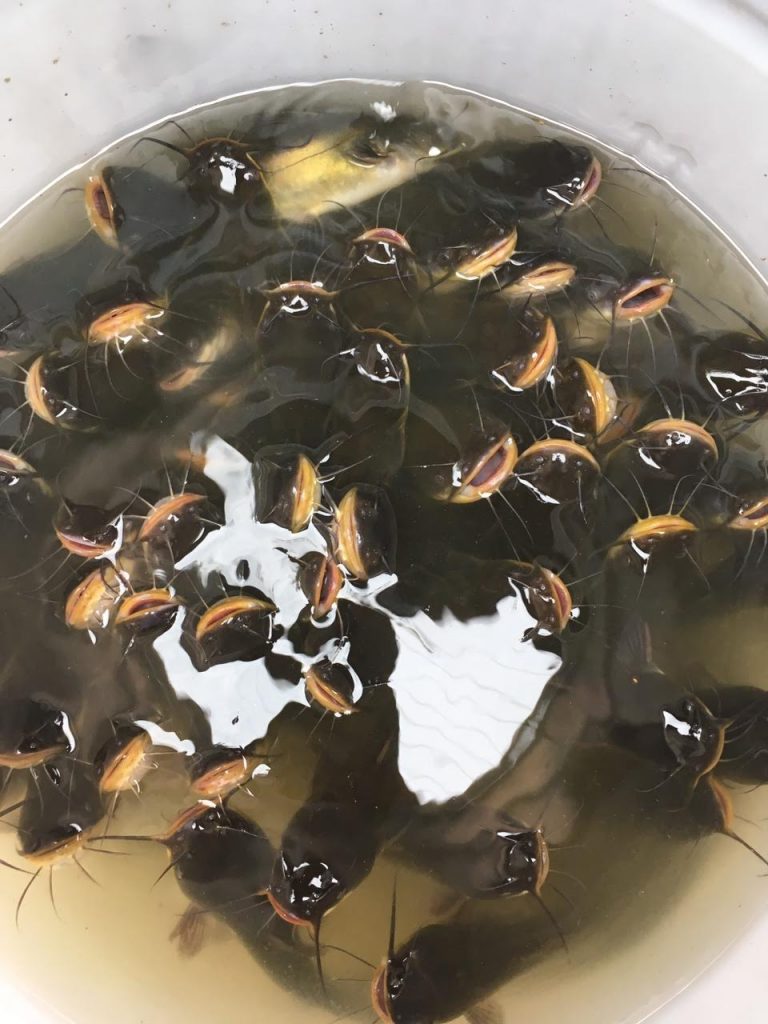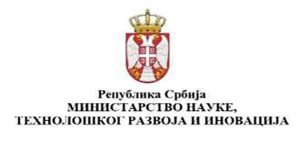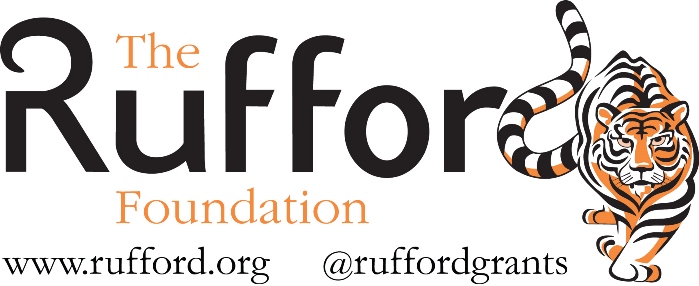
This project will be a continuation of a study on black bullhead in the Ponjavica Nature Park and of its experimental rearing in the Centre for Fisheries and Applied Hydrobiology (CEFAH) of the University of Belgrade – Faculty of Agriculture. Lake Markovačko is selected for ichthyological and phytoplankton research to obtain data on fish stock before and after black bullhead selective removal and on the effects of this measure on the ecosystem metabolism. With regard to experimental rearing, the project will aim at new commercial technologies, with different food combinations, to produce the final product – fish of consumable size.
We will expand the ichthyological research by including colleagues from the Chair of Algology, Mycology and Lichenology of the Faculty of Biology, who will sample water to obtain qualitative and quantitative data on phytoplankton. At the same time, we will use the multiparameter sonde, whichwill provide insights on changes in phytoplankton assemblage and in ecosystem metabolism associated with the black bullhead removal.
As one of the most invasive fish species in the European (including Serbian) freshwaters, the black bullhead is responsible for disturbing the biological balance. Thus, it presents a huge problem for managing fishing areas throughout Europe. Experimental rearing should provide data about the best rearing system, about the yields achieved in different rearing systems, the fish quality and the cost-effectiveness of rearing. The obtained results are to be presented to potential economic partners. If this way of rearing proves cost-effective, then the system (recovery removal, stocking and rearing of fry until it reaches a consumable size) would be sustainable. Fisheries in Serbia would then be able to finance continued recovery removals of this species. In return they would get juvenile specimens and would not have to invest in the spawning and care of fry. If they could get high quality
fish of consumable size in a couple of months, they would be able to market it at acceptable prices. The endangered ecosystems would be continuously freed from this pest, and at the same time high quality food would be produced for human nutrition.
